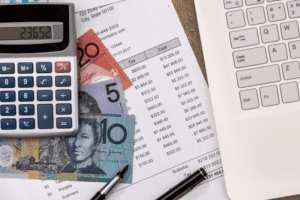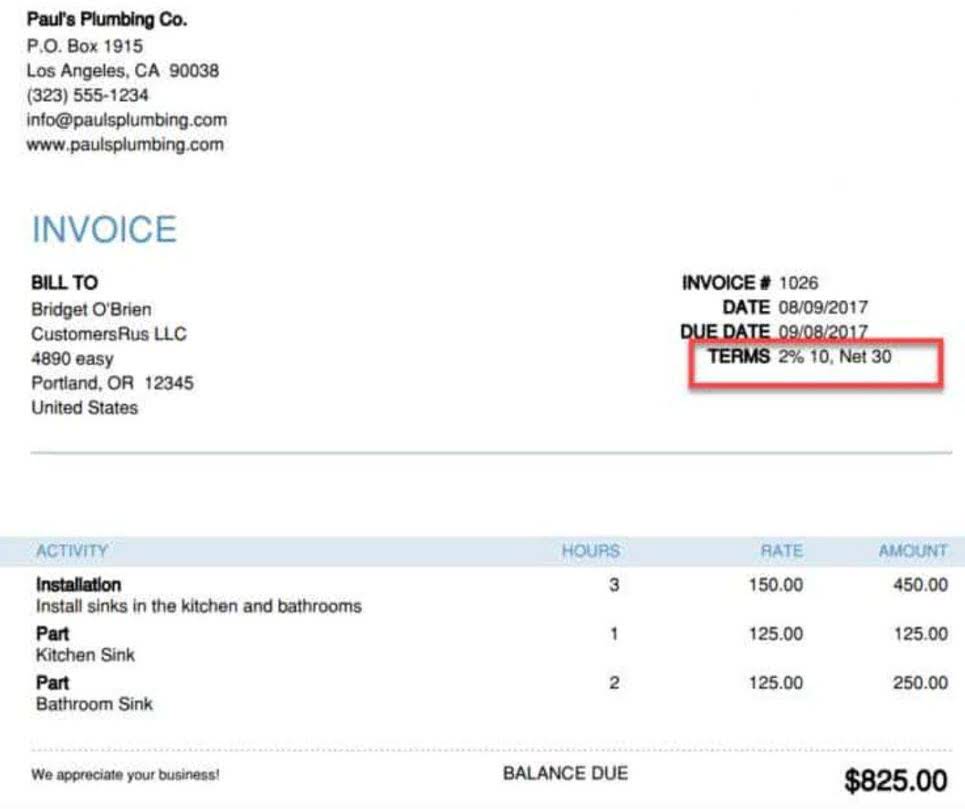
If you’re selling more expensive products or services, your margin may be on the lower end of that range. If you’re selling lower-priced items, your margin may be on the higher end. Businesses must strike a balance between maintaining high sales margins and being competitive in the marketplace. Armed with your profit margin information, you can then tweak your prices and inventory to boost profits and your bottom line.
- Gross margin is calculated as net sales minus Cost of Goods Sold (COGS) divided by net sales and multiplied by 100.
- Recommending products based on previous purchases encourages repeat business and higher spending.
- Markup can be calculated by subtracting the total cost from the sales price and then dividing that number by the sales price.
- These overlooked expenses can accumulate and skew your financial analysis.
- That said, margin trading is a high-risk endeavor, and using margin loans can amplify losses as well as gains.
- This article has been discussing ‘gross margin’, but you might also encounter the term ‘net profit margin’ and get confused or think they are the same thing.
Sales Margin Calculation Examples
- Markup, on the other hand, requires you to know both your selling price and your competitor’s prices, which can be challenging to track.
- Instead of relying on manual expense reports, these cards let you set spending limits by category.
- CFDs are a leveraged product and can result in the loss of your entire balance.
- For instance, bundling complementary products or offering limited-time discounts on upgrades can encourage higher spending.
- For example, suppose you made a product that cost you $13 to produce, which you sold for $20.
- Smart tools like expense automation and real-time financial dashboards can help you monitor employee spending and streamline operations.
On the other hand, a weaker margin highlights areas that need improvement. Learning how to calculate your profit margin provides valuable insights to refine your strategy. The seller therefore makes a 50% margin on the selling price, i.e. €100 (200 x 0.5). This also means that 50% of the selling price is used to cover the company’s expenses.

Algorithmic Trading Explained: What Is Algo Trading?
Other factors, such as manufacturing overhead costs and customer demand, also play a role in setting prices. Ultimately, businesses need to use all the information at their disposal to make decisions that will help them achieve their financial goals. You should often compare your sales margins are equal, but different periods for your own company. The gross profit margin is also assessed and compared to similar companies in the industry. For example, how to calculate sales margin a small electronics store in the neighborhood cannot be compared to Costco or Best Buy stores. A sales profit margin is a measure used to evaluate the profitability of a single product transaction or multiple product transactions within a given timeframe.

Setting up a simple formula

Simply Bookkeeping for Chiropractors divide your grossprofit (sales revenue minus your cost of goods sold) by your sales revenue. Gross profit margins can also be a helpful tool for managing inventory. For example, if you know that your gross profit margin on a product is 50%, you can use that information to help you make decisions about how much inventory to keep on hand.

- Higher gross margins typically reflect a financially healthy company, making it more appealing to investors.
- The report shows that gross and net margins vary greatly by sector, with industries such as banking,financial services, software and drugs currently having the highest gross margin.
- Regularly review market trends and competitor pricing to ensure your strategy remains competitive and relevant.
- To calculate the sales margin on a percentage basis, divide the sales margin derived in the preceding calculation by the net sales figure.
- If margins are too low, it can be challenging to stay in business or to overcome unforeseen business expenses.
- Your industry, business size, and goals determine what qualifies as a good profit margin.
While gross margin and net margin may seem similar, they are actually different. Whether it’s operational overhead or employee expenses, gaining control over these outflows can make a significant difference in your profitability. Overlooking expenses like depreciation, insurance, and administrative costs is a common pitfall. These overlooked expenses can accumulate and skew your financial analysis. Accounting books, annual accounts, compulsory chartered accountants… We’ll also look at how indicators such as margin rate, brand rate and margin ratio can help you refine your analyses and compare yourself with your competitors.
One way to accomplish this is by learning how to use a sales margin formula. Typically, if you have a negative balance in your margin account, you can reduce or pay it off by simply depositing cash into your account, or selling assets. Margin trading, or “buying on margin,” is an advanced investment strategy in which you trade securities using money that you’ve borrowed from your broker to potentially increase your return.

The profit margin formula will then calculate a selling price for you. Sales margin and gross profit margin are two key metrics that businesses use to measure their profitability. Both measures show how much profit a company makes on each sale retained earnings balance sheet but differ in how they calculate this figure. It is important to remember that the sales margin is just one metric that businesses need to consider when making decisions about pricing and profitability.
